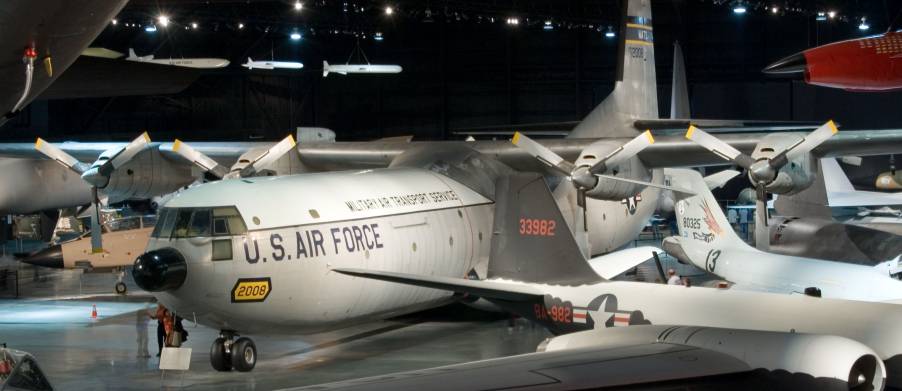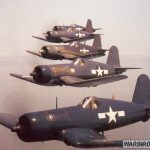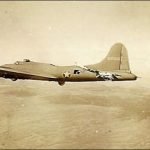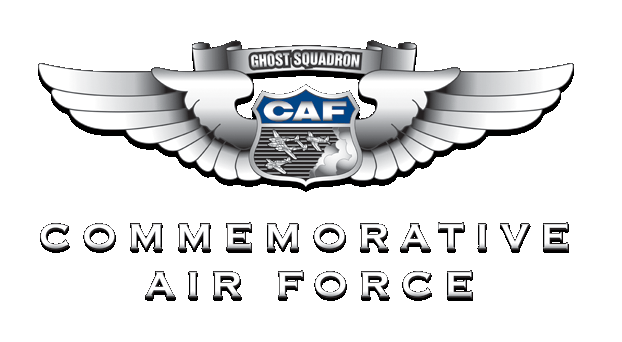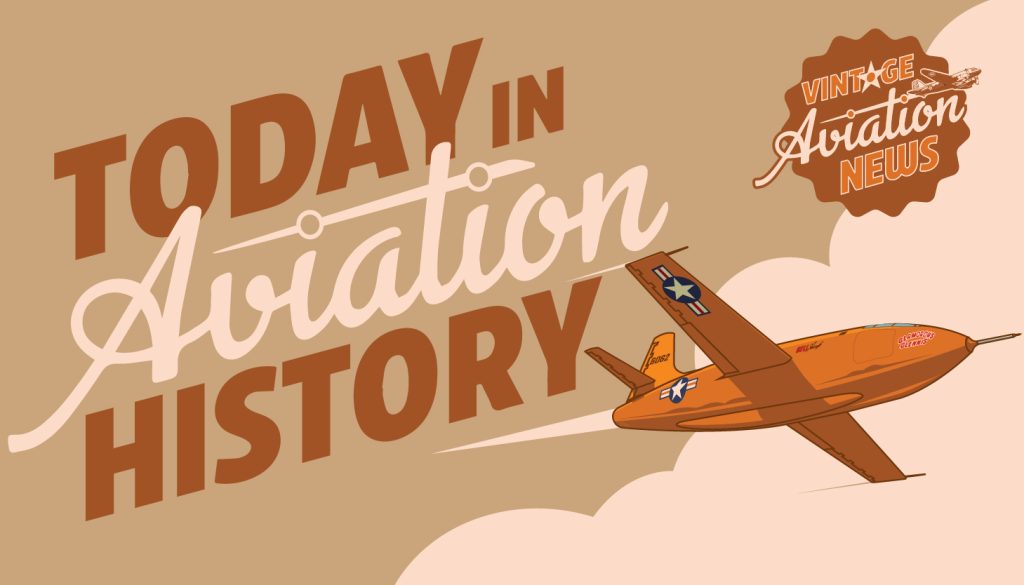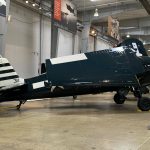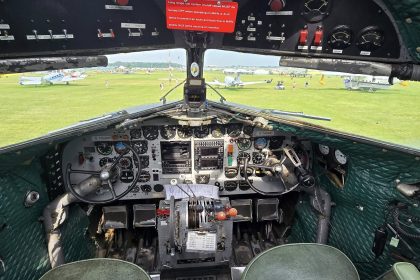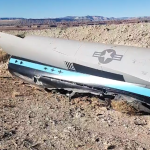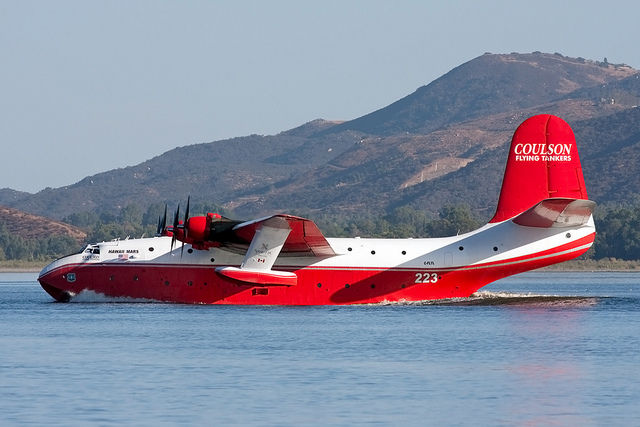On this date in aviation history—April 23, 1956—we mark the 69th anniversary of the first flight of the Douglas C-133 Cargomaster. This massive aircraft was developed in response to the United States Air Force’s SS402L requirement, which called for a Logistic Carrier Support System. Designed for strategic airlift operations, the C-133 would go on to complement the Lockheed C-130 Hercules, which had already established itself in the tactical airlift role.
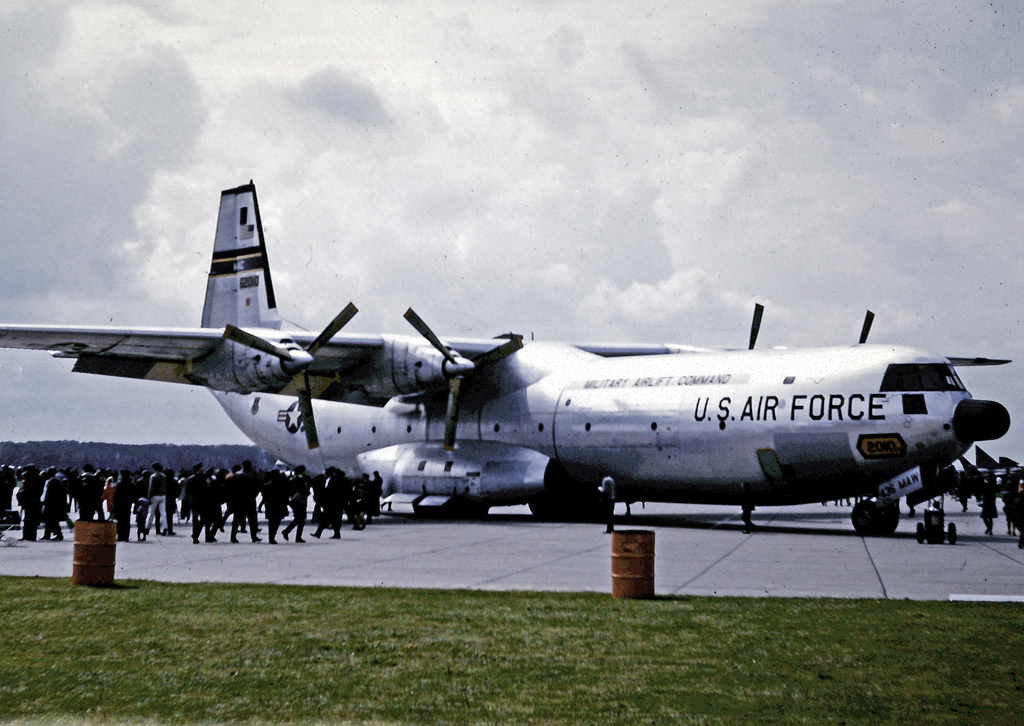
The Douglas C-133A was the first production variant of the aircraft—remarkably, no prototypes were built. The program moved directly into production following the initial USAF order. The Cargomaster operated with a five-person crew: two pilots, a navigator, a flight engineer, and a loadmaster. It was capable of carrying up to 200 passengers or 110,000 pounds of cargo. With a maximum takeoff weight of 286,000 pounds, the C-133 relied on four powerful Pratt & Whitney T34-P-9W turboprop engines, each delivering 7,500 horsepower. This powerplant configuration enabled the aircraft to cruise at 323 miles per hour, with a range of 3,560 nautical miles.
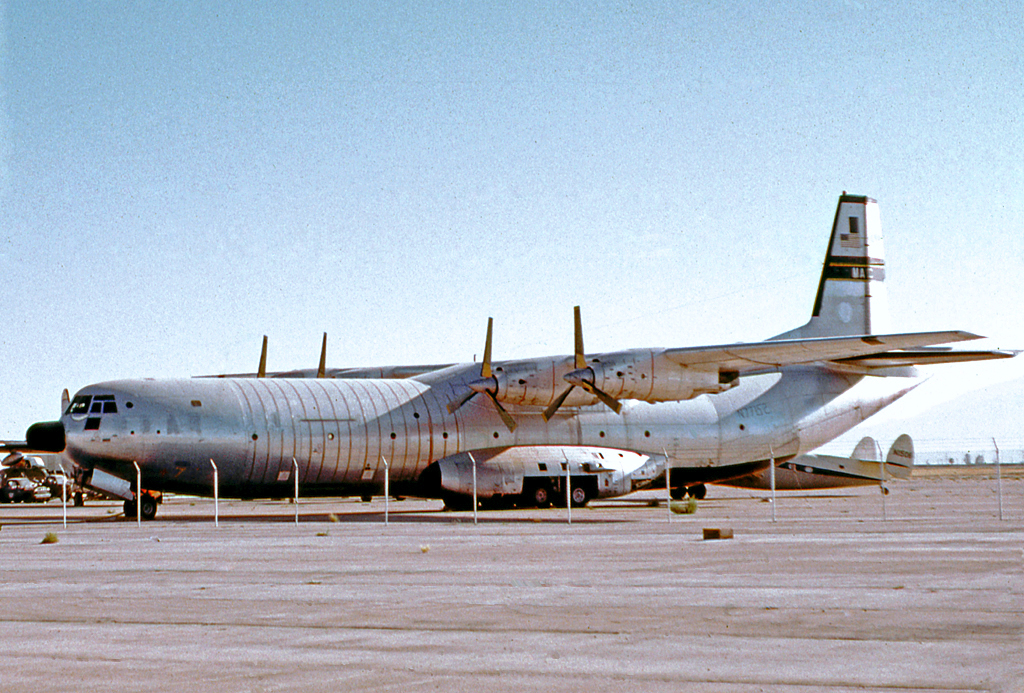
From its introduction in 1956 until its retirement in 1971, the Cargomaster provided critical airlift capability for the Air Force. Eventually, it was superseded by the larger, jet-powered Lockheed C-5 Galaxy. A total of 50 C-133s were built, and six are known to survive today—two of which are in storage.
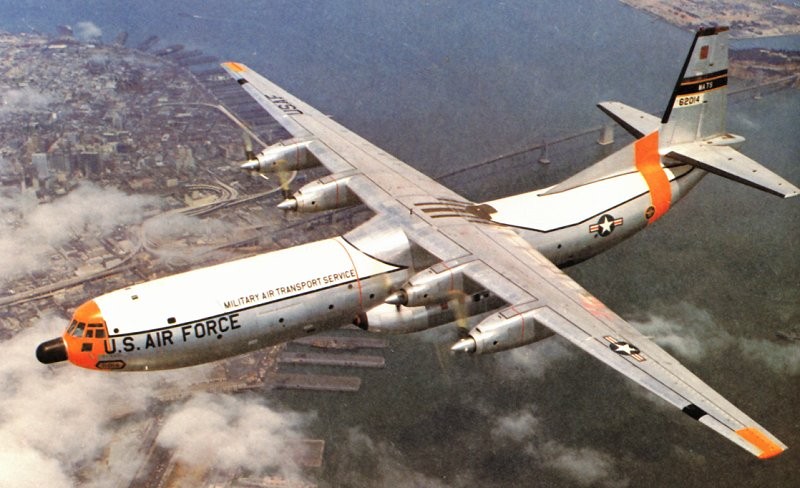
One notable survivor is C-133A, Air Force Serial #56-2008, on display at the National Museum of the United States Air Force in Dayton, Ohio. This particular aircraft set a world record by lifting a 117,900-pound payload to an altitude of 10,000 feet. Occasionally, the museum opens the aircraft for walk-through tours, offering visitors a rare and memorable chance to step inside one of the most capable airlifters of its era.
